As wildfires continue to grow in severity and frequency across the globe, the need for innovative and effective suppression strategies has become increasingly urgent. The Congressional Wildfire Commission and other stakeholders have advocated adopting emerging technologies like drones and advanced aerial platforms to bolster wildfire response capabilities. However, the current contracting models employed by state and federal agencies pose significant challenges to the sustained growth and implementation of these new-generation technologies. Additionally, the sporadic and inconsistent application of the current “Call When Needed” contracting model hinders the maturation and proliferation of this technology, placing the entire development burden on the technology vendors.
The United States has access to cutting-edge innovations developed by subject matter experts and tech companies. One example is high-altitude, long-endurance drones that could provide promising solutions to the wildfire crisis when innovative leadership and cultures exist. Yet many of these innovative technologies remain unused despite over two million acres burned in 2024 and represent a significant missed opportunity to leverage the full capabilities of available resources to respond effectively to the ongoing crisis.
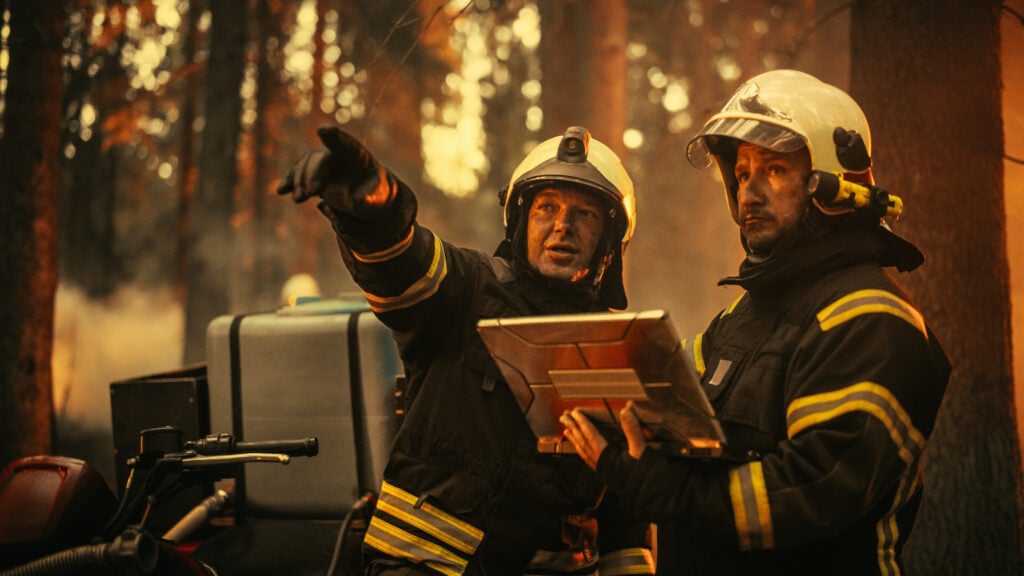
The "Call When Needed" contracting approach, which allows agencies to utilize technologies selectively, often leads to a reliance on familiar legacy systems and forces unrealistic expectations of any new technology. This tendency to revert to comfortable, well-established methods can impede developing and integrating more advanced tools. Without consistent and widespread adoption, the viability of these innovative technologies is jeopardized, as manufacturers and service providers may not have the necessary market support to sustain their operations and continue improving their offerings.
Examining the critical challenges of engaging new-generation technology for wildfire suppression is essential for the industry's future. In the future, the industry needs to adopt a more strategic and long-term approach to contracting, innovative leadership, and technology adoption. By addressing these obstacles, agencies can unlock the full potential of emerging tools and ensure that the firefighting ecosystem is equipped to meet the evolving demands of wildland fire management.
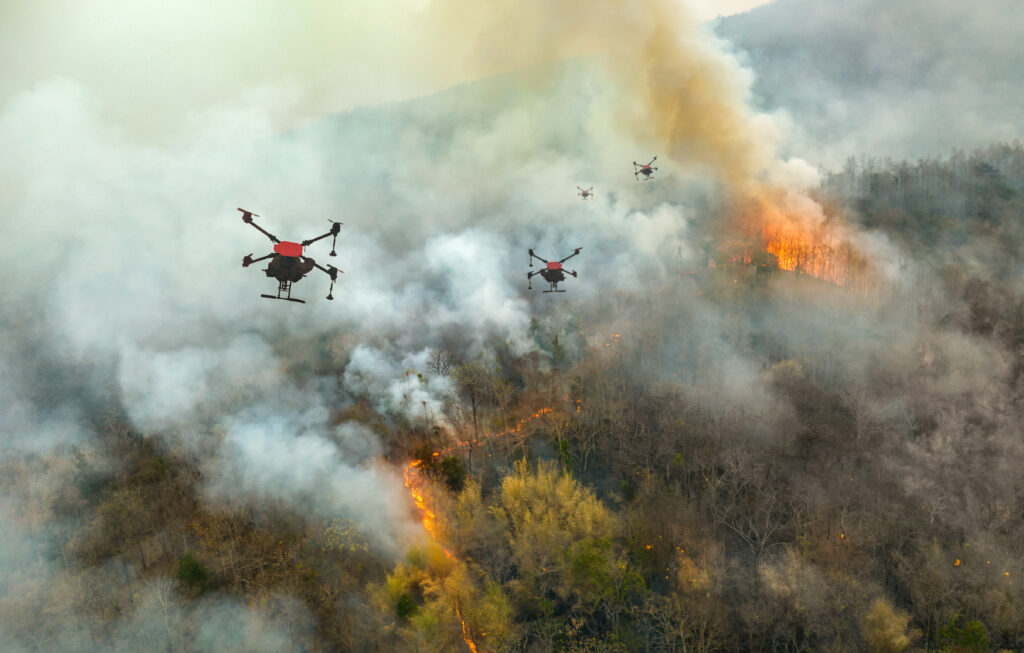
Wildland fires have become an increasingly pressing global issue, with climate change, land-use patterns, and other factors contributing to their increasing frequency and severity. In response, the firefighting community has been actively exploring and adopting new technologies to enhance its suppression capabilities. However, the current contracting models employed by state and federal agencies have created barriers to the sustained growth and implementation of these new-generation technologies.
It's a common misconception that people or technology can be pushed to their limits immediately without proper preparation. Just as teams need to warm up before a practice or competition, new technology, systems, and processes require a gradual ramp-up to perform at their best. It can have severe consequences when government officials or other decision-makers demand immediate high-intensity usage without allowing for adequate warm-up and testing. This leads to wasted resources, delayed projects, public frustration, and, in some cases, dangerous outcomes. It is often the result when new technology is only engaged in the heat of battle when all other approaches have either failed or been exhausted.

Innovative leadership is crucial for agencies to integrate new-generation technologies successfully. Leaders who embrace innovation can identify emerging technologies, understand their benefits, and create the structures to enable effective implementation. Agencies led by those resistant to change risk missing opportunities to enhance capabilities, improve efficiency, and better serve constituents. A lack of innovative leadership can result in an inability to address evolving challenges, a failure to capitalize on technological solutions, and a loss of public trust as agencies struggle to keep pace. Fostering a culture of innovation and empowering leaders to navigate technological transformation is essential for agencies to remain relevant and effective. To achieve this, we need to address some obstacles.
Reliance on Legacy Systems and Comfort with Familiar Approaches
State and federal agencies have long-standing relationships with traditional suppression providers and are often comfortable with the familiar capabilities of legacy systems. This familiarity can create a reluctance to adopt new technologies, even when the potential benefits are clear. Agencies may find it easier to rely on tried-and-true methods rather than invest time and resources into effectively integrating and learning to utilize new-generation tools.
Uncertainty Surrounding the Reliability and Capabilities of Emerging Technologies
Resistance to change, lack of innovative leadership, and uncertainties about the reliability and capabilities of emerging tools can result in a cautious approach to adopting new-generation technologies. Agencies may hesitate to fully commit to these innovations, fearing they may not perform as expected or require significant training and infrastructure investments. This hesitancy can lead to slow and piecemeal adoption of innovative solutions, limiting their overall impact and effectiveness.
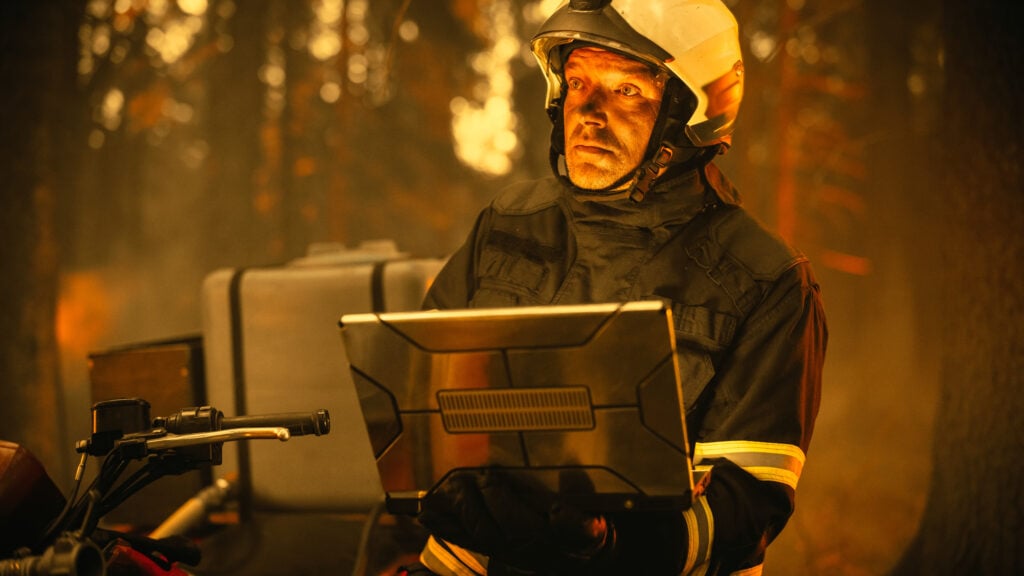
Lack of Representational Training Environment
The lack of a dedicated wildfire training environment for developing and testing emerging technologies significantly hampers their maturation in a controlled manner. Without such an environment, these systems cannot be reliably tested and refined, leading to distrust among decision-makers deploying these technologies. Consequently, the inherent risk associated with untested systems must be transferred to real-life wildfire scenarios, which is far from ideal.
Challenges in Maintaining a Consistent Demand for New-Generation Technologies
The "Call When Needed" contracting model, which allows agencies to utilize newer technologies as required selectively, can create a sporadic and unpredictable demand for these tools. This inconsistent demand makes it difficult for manufacturers and service providers to maintain a stable business model, leading to challenges in sustaining their operations and investing in research and development. Systems can break down, technology with great potential and processes may fail, and people may become overwhelmed or make mistakes. This frequently occurs with call-when-needed contracts in government that fail to account for the need to exercise and optimize systems before full deployment.

Budgetary Constraints and Competing Priorities
Wildfire suppression agencies often face tight budgetary constraints and must balance various priorities, including personnel, equipment, and infrastructure maintenance. Investing in new-generation technologies may be perceived as a lower priority than maintaining and upgrading legacy systems, mainly when the newer tools' long-term cost savings and operational benefits are not quantified or understood.
Addressing the Challenges
A more strategic and coordinated approach is required to overcome the challenges of engaging new-generation technology for wildfire suppression. This may involve the following measures:
Developing Long-Term Contracting Strategies
Agencies should explore alternative funding and contracting models, such as long-term agreements or exclusive-use contracts, to provide manufacturers and service providers with the stability and market certainty needed to sustain their operations and continue investing in technology improvements.
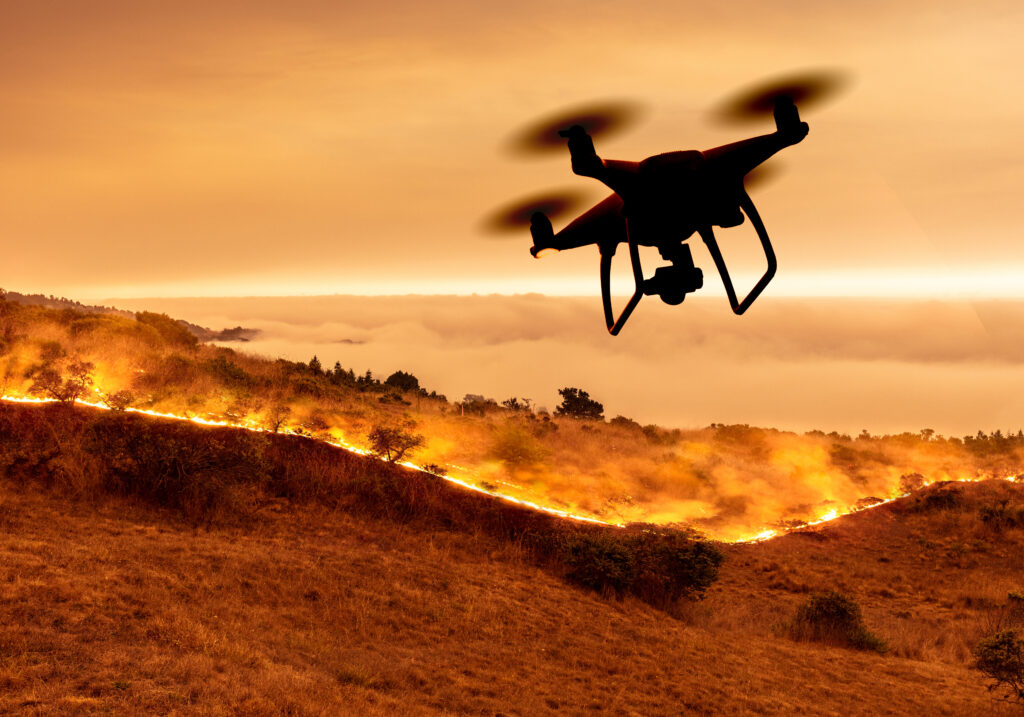
Conducting Comprehensive Evaluations and Pilot Programs
Agencies should prioritize comprehensive evaluations and well-designed pilot programs to assess new-generation technologies' reliability, capabilities, and cost-effectiveness. These assessments should inform strategic decision-making and help overcome the reluctance to adopt unfamiliar tools.
Fostering a culture of innovation and empowering leaders to navigate technological transformation
Agencies need to cultivate an organizational culture that is open and receptive to innovation. This involves leadership actively encouraging experimentation, risk-taking, and the exploration of new technologies.

Develop a Representative Training Environment
Agencies should establish a funded and representative wildfire training environment for emerging technologies if not accomplished on emergency incidents. Much like how baseball teams utilize Spring Training to hone skills and strategies before the regular season, this dedicated environment would allow new technologies to be thoroughly evaluated and refined in a controlled setting. This approach ensures that systems are “warmed up” and ready for deployment, fostering trust among decision-makers and reducing the inherent risks of implementing untested solutions in real-life wildfire scenarios. By simulating various wildfire conditions and challenges, this training ground will enable technology vendors to improve technologies iteratively, leading to more reliable and effective tools for wildfire management.
Fostering Interagency Collaboration and Standardization
Agencies should work together to develop common standards and protocols for integrating and using new-generation technologies, facilitating interoperability and encouraging widespread adoption across the firefighting ecosystem.
Quantifying the Benefits and Cost Savings
Agencies should invest in research and analysis to demonstrate new-generation technologies' cost-benefit and operational ratio benefits, which will help justify the necessary investments and overcome budgetary constraints.
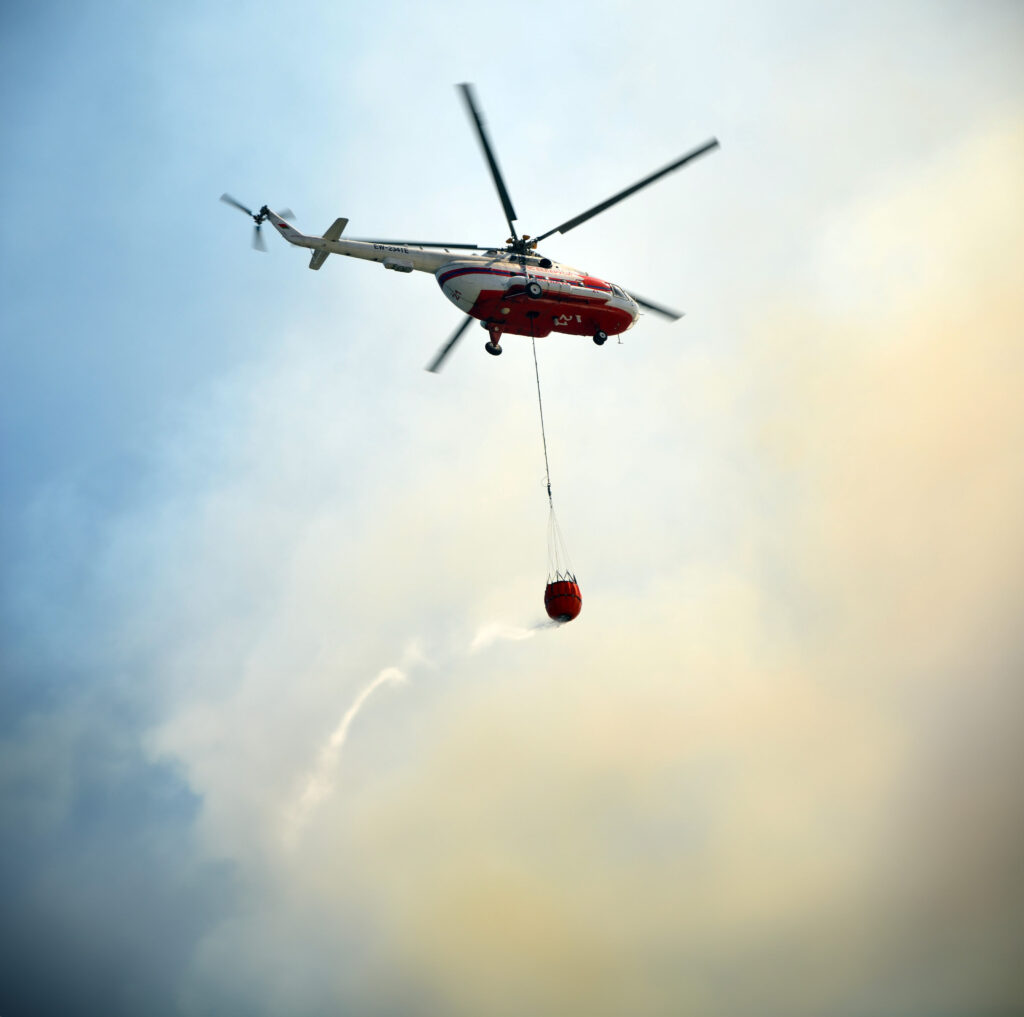
Prioritizing Training and Capacity Building
Agencies should dedicate resources to training and capacity-building initiatives, ensuring that personnel have the knowledge and skills to utilize new-generation technologies and realize their full potential effectively.
By addressing these challenges through a comprehensive and coordinated approach, agencies can unlock the transformative potential of new-generation technologies and strengthen their ability to respond to the increasing threat of wildfires.
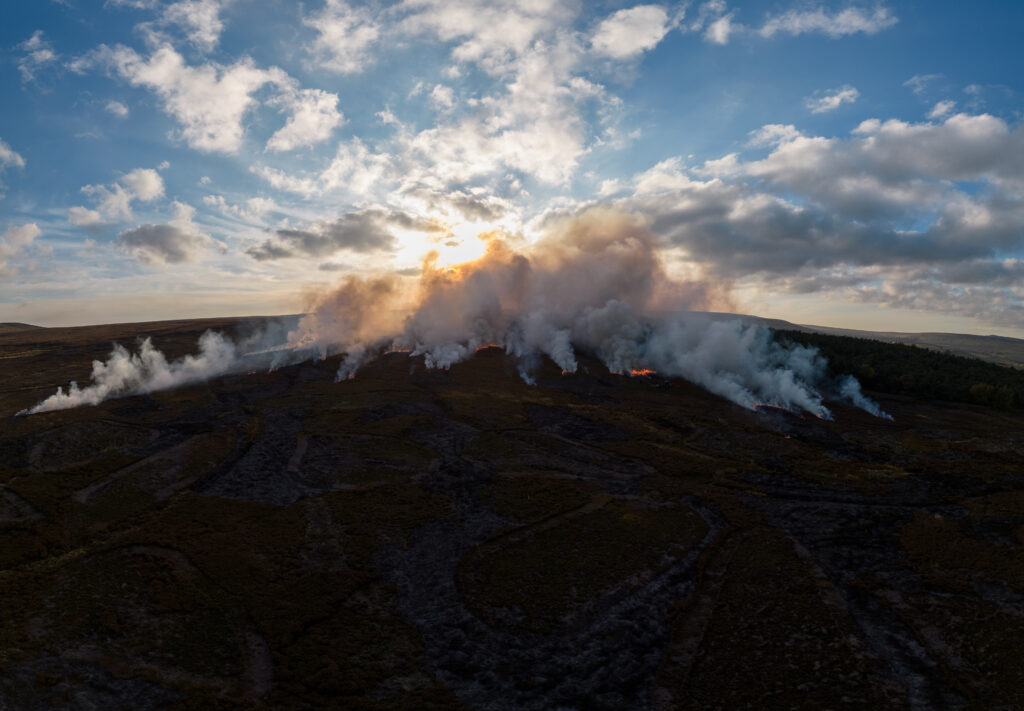
Conclusion
The challenges associated with engaging new-generation technology for wildfire suppression are significant but not insurmountable. By adopting a more strategic and long-term approach to contracting and technology adoption, agencies can overcome the reliance on legacy systems, address the uncertainties surrounding emerging tools, and maintain a consistent demand for innovative solutions. Through innovative leadership, collaborative efforts, comprehensive evaluations, and targeted investments, agencies can foster the growth and integration of new-generation technologies, ensuring that the firefighting ecosystem is equipped to meet the evolving demands of wildland fire management. By doing so, agencies can enhance their suppression capabilities, improve the safety and effectiveness of their operations, and make significant strides in mitigating the devastating impacts of wildfires.






